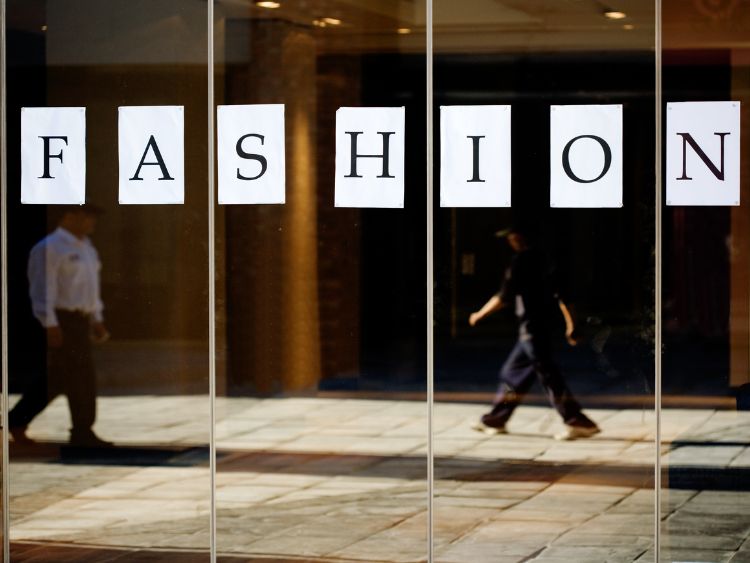The Roaring 20s in Full Swing
The 1920s, affectionately dubbed the “Roaring 20s,” was a whirlwind of social change, cultural rebellion, and, most notably, fashion innovation. It was a time when hemlines rose, gender norms blurred, and bold statements became the norm. In this guide, we’ll dive deep into the dazzling world of roaring 20s fashion, exploring the key trends, iconic pieces, and how they continue to influence style today.
What Defined Roaring 20s Fashion?
The fashion of the 1920s was a reaction to the austerity of World War I. People wanted to let loose, celebrate life, and embrace modernity. Here’s what set 1920s fashion apart:
- Liberated Silhouettes: For women, the restrictive corsets of the previous century were replaced with loose, drop-waist dresses.
- Jazz Age Influence: Music and dance trends like jazz and the Charleston heavily influenced clothing design, encouraging movement and flow.
- Tailored Sophistication: Men’s fashion became sharper, with fitted suits and flashy accessories.
- Art Deco Aesthetic: Bold geometric patterns, metallic fabrics, and luxurious embellishments reflected the architectural style of the era.
Women’s Fashion in the Roaring 20s
Women’s fashion in the 1920s was all about freedom—freedom of movement, freedom of expression, and freedom from traditional norms.
Flapper Dresses: The Star of the Era
The flapper dress became the quintessential symbol of roaring 20s fashion. These dresses featured:
- Dropped Waistlines: Creating a straight, boyish silhouette.
- Short Hemlines: A daring shift that shocked the older generation.
- Fringe and Beading: Perfect for dancing the night away, as these details added drama and flair.
Accessories That Made a Statement
Women didn’t stop at just the dress. Accessories were just as important:
- Feathered Headbands: Often paired with a bob haircut, these added a touch of glamour.
- Long Pearl Necklaces: Iconic and easy to drape dramatically.
- Cloche Hats: These snug-fitting hats became a must-have for daywear.
- Mary Jane Shoes: Featuring low heels, these shoes were practical yet stylish for the Charleston.
Beauty Trends
The bold attitude of the 20s extended to makeup and hairstyles:
- Smokey Eyes and Red Lips: Women embraced makeup unapologetically, creating a sultry look.
- Short Haircuts: The bob and Eton crop became symbols of rebellion.
Men’s Fashion in the Roaring 20s
While women’s fashion embraced freedom, men’s fashion emphasized polish and sophistication.
The Power of the Three-Piece Suit
Men’s suits in the 1920s were tailored to perfection. Key features included:
- Slim Fits: Highlighting a lean, streamlined silhouette.
- Double-Breasted Jackets: Popular for formal events.
- Pinstripes and Plaid: Adding personality to otherwise classic suits.
Casual Yet Dapper Looks
Not every occasion called for a full suit. Men embraced more casual styles:
- Sweater Vests: Often paired with a dress shirt and tie.
- Newsboy Caps: A popular accessory among younger men and working-class gentlemen.
Accessories to Elevate Style
No roaring 20s fashion look for men was complete without:
- Pocket Watches: Often tucked into vests for easy access.
- Two-Tone Shoes: Perfect for casual and formal occasions.
- Bow Ties and Suspenders: Adding charm and utility to outfits.
How Roaring 20s Fashion Continues to Inspire Today
The roaring 20s might feel like a distant memory, but its influence on modern fashion is undeniable:
- Flapper-Inspired Evening Gowns: Many designers still incorporate fringe, sequins, and beading into evening wear.
- Androgynous Silhouettes: The boyish look of the 20s paved the way for today’s gender-neutral styles.
- Art Deco Jewelry: Geometric designs are still a popular choice for statement pieces.
- Vintage-Inspired Suits: Men continue to embrace sharp tailoring reminiscent of 1920s sophistication.
FAQs
What were the main fabrics used in roaring 20s fashion?
Silk, chiffon, velvet, and cotton were widely used, often adorned with sequins, beads, and metallic threads for a luxurious touch.
Why were flapper dresses so popular?
Flapper dresses were practical for dancing, stylish, and a symbol of newfound freedom for women.
Did men wear casual clothes during the 1920s?
Yes, casual options like sweater vests, knickerbockers, and newsboy caps were popular for leisure activities.
How can I recreate roaring 20s fashion today?
Look for pieces with fringe, sequins, or Art Deco patterns. Pair them with vintage-inspired accessories like pearl necklaces or cloche hats for an authentic touch.
Conclusion: A Legacy of Glamour and Change
The roaring 20s was more than just a fashion revolution—it was a cultural statement of freedom, rebellion, and self-expression. From the iconic flapper dresses to tailored suits, roaring 20s fashion continues to captivate and inspire. Whether you’re recreating the look for a themed party or incorporating vintage vibes into your wardrobe, this era proves that style truly is timeless.
Authoritative Links
- https://www.metmuseum.org/art/collection/search/roaring-20s-fashion
- https://fashionhistory.fitnyc.edu/1920-1929
- https://www.vam.ac.uk/articles/the-1920s-flapper-dress
